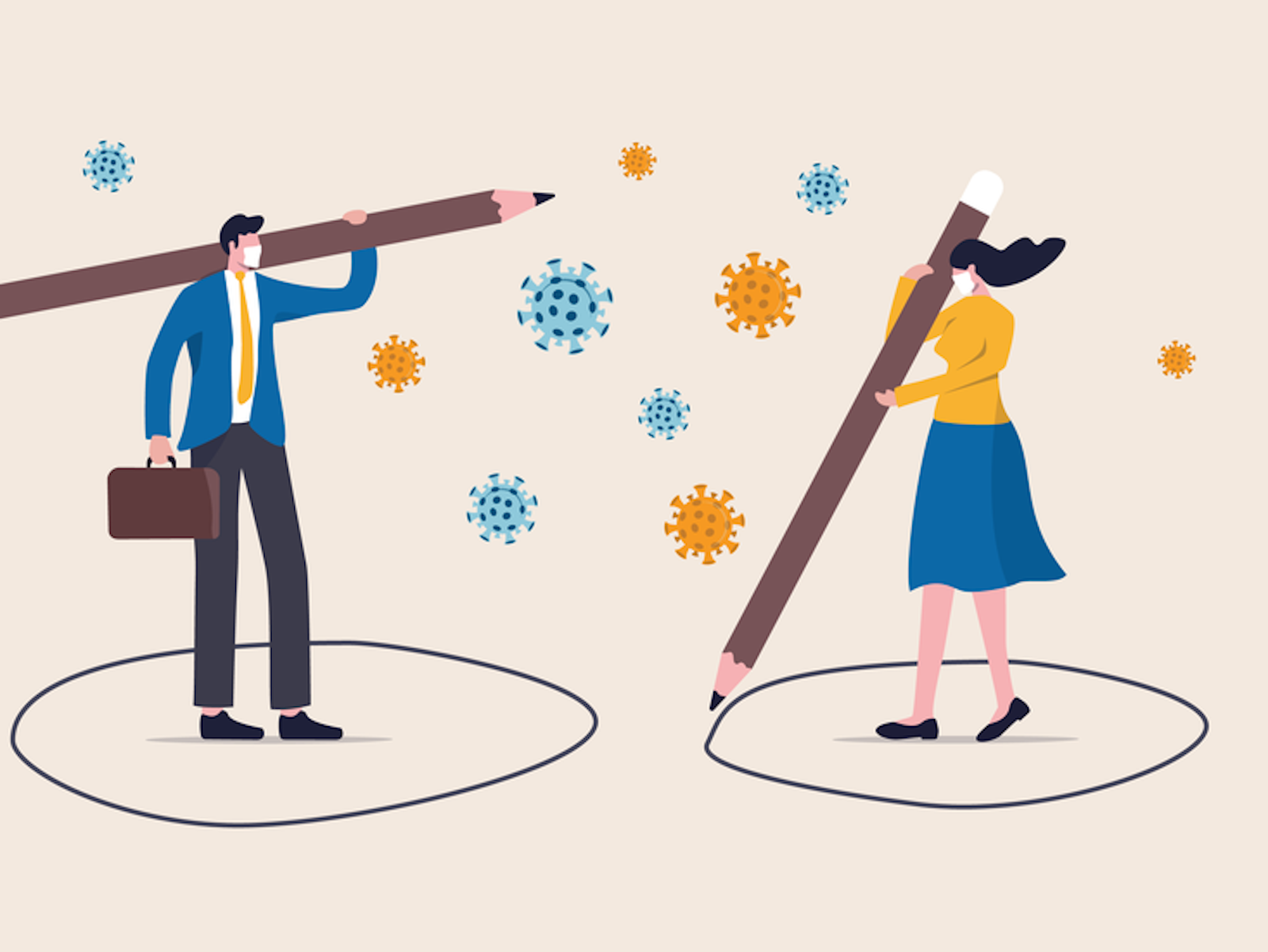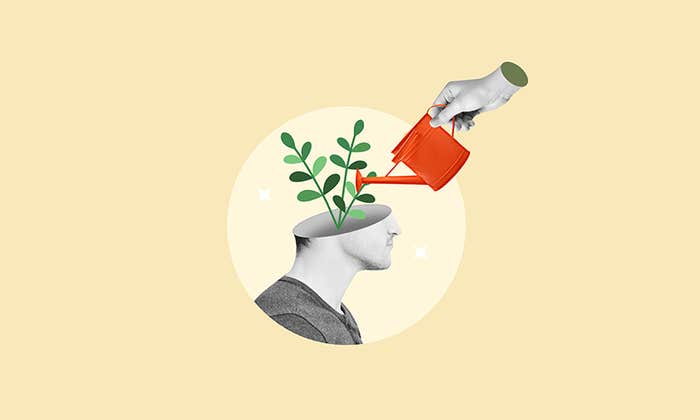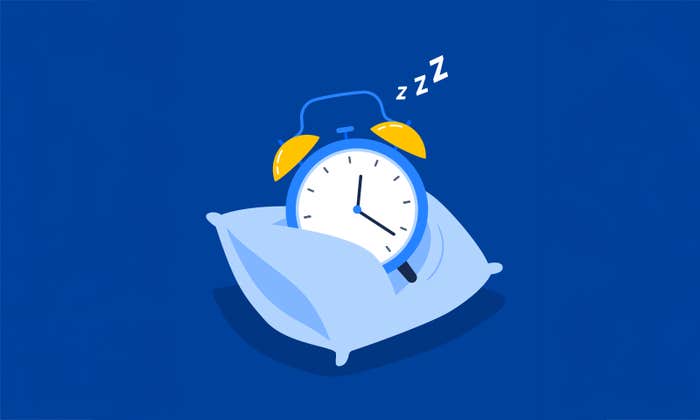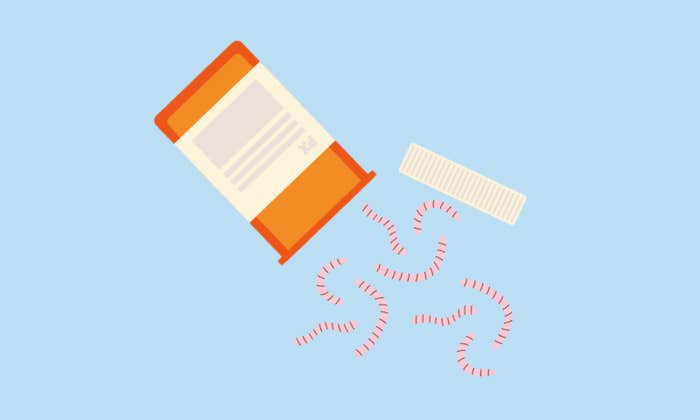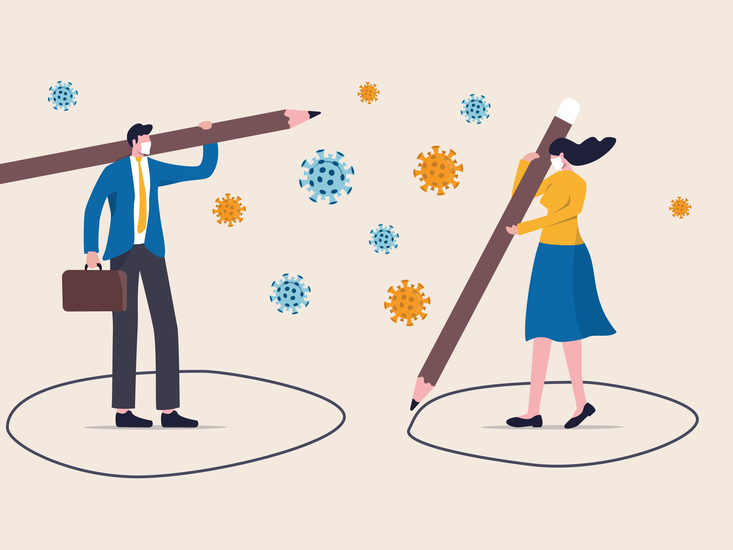
This story was updated post-publication to include information from a study published on the preprint server medRxiv on April 17, 2020.
With more than half a million cases of COVID-19 in the United States1 and the number of deaths increasing daily, it remains unclear when and how we might return to some semblance of pre-pandemic life. This leaves many grappling with an important question: Do you become immune after SARS-CoV-2 infection? And, if so, how long might that immunity last?
In 2019, the virus SARS-CoV-2 jumped to a human host for the first time, causing the disease COVID-19. When you become infected with a new virus, your body does not possess the antibodies necessary to mount a targeted immune response. Antibodies, proteins belonging to the immunoglobulin family, consist of four chains of amino acids that form a characteristic Y-shaped structure. Antibodies are manufactured by the immune system to bind to antigens (viral proteins) to neutralize viral infectivity.
When you inhale an aerosolized droplet containing SARS-CoV-2, the virus encounters the cells of the mucous membrane lining the respiratory tract. If effective contact is made, the virus binds to a particular receptor on these cells called ACE-2. After binding ACE-2, a host enzyme is co-opted to cleave the virus’ surface protein, called the spike protein, allowing the virus to enter the cell.
It appears that individuals with COVID-19 do create neutralizing antibodies—the basis of immunity.
Within the first few hours of infection, the body’s first line of defense—the innate immune response—is activated. The innate immune response is non-specific. When a “foreign” molecule is detected, innate immune cells signal to other cells to alter their response or prepare to combat infection.
In the following days, the adaptive immune response is activated, which is more specific. The adaptive immune response will peak one to two weeks post-infection and consists of antibodies and specialized immune cells. It is called the “adaptive” immune response because of its ability to tailor the response to a specific pathogen. Antibodies can neutralize viral infectivity by preventing virus from binding to receptors, blocking cell entry, or causing virus particles to aggregate.2 Once an infection has resolved, some of these antibodies remain in the body as immunological memory to be recruited for protection in the case of reinfection. To be immune to a virus is to possess this immunological memory.
Many vaccines work by activating the adaptive immune response. Inactivated virus, viral protein, or some other construct specific to a particular virus are introduced into the body as vaccines to initiate an immune response. Ideally, the body creates antibodies against the viral construct so that it can mount a succinct response when infected by the virus. However, in order to work effectively, a vaccine must provoke an immune response that is sufficiently robust. If the body only produces low concentrations of neutralizing antibodies, adequate immunological memory may not be sustained.
While there is still much that we have to learn about SARS-CoV-2, it appears that individuals with COVID-19 do create neutralizing antibodies—the basis of immunity. However, we don’t know for certain how long that immunity might offer protection. On the question of COVID-19 re-infection, Matt Frieman, a coronavirus researcher at the University of Maryland School of Medicine, commented in a recent interview with NPR: “We don’t know very much … I think there’s a very likely scenario where the virus comes through this year, and everyone gets some level of immunity to it, and if it comes back again, we will be protected from it—either completely or if you do get reinfected later, a year from now, then you have much less disease. That’s the hope, but there is no way to know that.”3
Immunity to a virus is measured by serological testing—patient blood is collected and analyzed for the presence of antibodies against a particular virus. Serological data is most informative when collected long-term, so the data we have been able to obtain on SARS-CoV-2 is limited. However, data on other coronaviruses that we’ve had the opportunity to study in more depth can inform our estimations on how this outbreak may evolve.
First, we can look to the coronaviruses that are known to cause the common cold. Following infection with one of these coronaviruses, disease is often mild; therefore, the concentration of antibodies detected in the blood is low. This is because mild disease often indicates a less robust immune response. Interestingly, it is not the virus itself that causes us to feel sick, but, rather, our body’s response to it. Typically, the sicker we feel, the stronger the immune response; therefore, after a cold, we are often only protected for a year or two against the same virus.4 While SARS-CoV-2 wouldn’t necessarily act like these common coronaviruses, the body’s response to these coronaviruses serves as a point of reference upon which to make predictions in the absence of virus-specific data.
We can also look to coronaviruses that are known to cause severe disease, such as SARS-CoV, which caused the 2002-2003 outbreak of SARS in China. One study discovered that antibodies against SARS-CoV remained in the blood of healthcare workers for 12 years after infection.5 While it is not certain that SARS-CoV-2 will provoke a response similar to that of SARS-CoV, this study provides us with information that can inform our estimates on immunity following COVID-19 and provide hope that immunity will provide long-term protection.
If immunity to SARS-CoV-2 diminishes as it does for common cold coronaviruses, it is likely that wintertime outbreaks will recur.
Scientists have also been working to analyze antibodies in samples from individuals infected with SARS-CoV-2. A research group in Finland recently published a study detailing the serological data collected from a COVID-19 patient over the course of their illness.6 Antibodies specific to SARS-CoV-2 were present within two weeks from the onset of symptoms. Similarly, another recent report analyzing patients with confirmed COVID-19 indicated that it took approximately 11-14 days for neutralizing antibodies to be detected in blood.7 Both of these studies, while preliminary, suggest that the basis for immunity is present in patients infected with SARS-CoV-2.
Another report looked at the possibility for recurrence of COVID-19 following re-infection with SARS-CoV-2.8 In this study, rhesus macaques were infected with SARS-CoV and allowed to recover after developing mild illness. Once blood samples were collected and confirmed to test positive for neutralizing antibodies, half of the infected macaques were re-challenged with the same dose of SARS-CoV-2. The re-infected macaques showed no significant viral replication or recurrence of COVID-19. While macaques “model” human immunity, not predict it, these data further support the possibility that antibodies manufactured in response to SARS-CoV-2 are protective against short-term re-infection.
We can also analyze a virus’ structure, and the information gained from sequencing the viral genome, when trying to predict its behavior. All viruses continually undergo mutation in the process of rapid replication. They lack the necessary machinery to repair changes incurred to the genetic sequence (we as humans also incur mutations to our genetic sequence daily, but we have more sophisticated genetic repair mechanisms in place). The occurrence of significant genetic changes to the viral genome that result in viable genetic changes to a virus is termed antigenic variation. We see a lot of antigenic variation in influenza viruses (thus the need to create new vaccines each year); but the coronaviruses seem to be relatively stable antigenically.4 This is because most coronaviruses have an enzyme that allows them to correct genetic errors sustained during replication. The more stable a virus remains over time, the more likely that antibodies manufactured in response to infection or vaccination will remain effective at neutralizing viral infectivity.
All this considered, it appears that immunity is retained following SARS-CoV-2 infection. So too, that immunity might persist long enough to warrant the implementation of vaccination. However, we still have much to learn about this virus, and whether there may be some cross-immunity between SARS-CoV-2 and other coronaviruses. The widespread variation in patient immune responses adds an additional layer of complexity. We still don’t have a good understanding of why people have different responses to viral infection—some of this variation is owed to genetic variation, but how and why some people have more robust immune responses and more severe disease is still unknown.4 In some cases, individuals show a high immune response because the concentration of virus is high. In other cases, individuals show a high immune response because they differ in some aspect of immune regulation or efficiency. However, as levels of immunity increase generally across a population, the population approaches what is called “herd immunity”—when the percentage of a population immune to a particular virus is sufficiently high that viral load drops below the threshold required to sustain the infection in that population.9
How the pandemic will evolve in the coming months is uncertain. Outcomes depend on a myriad of factors—the duration of immunity, the dynamics of transmission and how we mitigate those dynamics through social distancing, the development of therapeutics and or vaccines, and the ability of healthcare systems to handle COVID-19 caseloads. If immunity to SARS-CoV-2 diminishes as it does for common cold coronaviruses, it is likely that wintertime outbreaks will recur in coming years.10 Whether immunity to other coronaviruses might offer some cross protective immunity to SARS-CoV-2 will also play a role, albeit to a lesser extent. Widespread serological testing to assess the duration of immunity to SARS-CoV-2 is imperative, but many countries still lack this capability.
A recent study looking at serological data from 3,300 symptomatic and asymptomatic individuals in California estimates that there may be as many as 48,000-81,000 people who have been infected with SARS-Cov-2 in Santa Clara County, which is 50- to 85-fold more cases than we previously thought.11 This small-scale survey emphasizes the importance of serological testing in determining the true extent of infection.
The continuation of rigid social distance also hangs in a balance—one-time social distancing measures may drive the SARS-CoV-2 epidemic peak into the fall and winter months, especially if there is increased wintertime transmissibility.10 New therapeutics, vaccines, or measures such as contact tracing and quarantine—once caseloads have been reduced and testing capacity increased—might reduce the need for rigid social distancing. However, if such measures are not put in place, mathematical models predict that surveillance and recurrent social distancing may be required through 2022.10 Only time will tell.
Helen Stillwell is a research associate in immunobiology at Yale University.
References
1. The COVID Tracking Project https://covidtracking.com/data/us-daily (2020).
2. Virology Blog: About Viruses and Viral Disease. Virus neutralization by antibodies. virology.ws (2009).
3. GreenfieldBoyce, N. Do you get immunity after recovering from a case of coronavirus? NPR (2020).
4. Racaniello, V., Langel, S., Leifer, C., & Barker, B. Immune 29: Immunology of COVID-19. Immune Podcast. microbe.tv (2020).
5. Guo, X., et al. Long-Term persistence of IgG antibodies in SARS-CoV infected healthcare workers. bioRxiv (2020). Retrieved from doi: 10.1101/20202/02/12/20021386
6. Haveri, A., et al. Serological and molecular findings during SARS-CoV-2 infection: the first case study in Finland, January to February 2020. Euro Surveillance 25, (2020).
7. Zhao, J., et al. Antibody responses to SARS-CoV-2 in patients of novel coronavirus disease 2019. Clinical Infectious Diseases (2020). Retrieved from doi: 10.1093/cid/ciaa344
8. Bao, L., et al. Reinfection could not occur in SARS-CoV-2 infected rhesus macaques. bioRxiv (2020). Retrieved from doi: 10.1101/20202.03.13.990226
9. Virology Blog: About Viruses and Viral Disease. Herd immunity. virology.ws (2008).
10. Kissler, S.M. Tedijanto, C., Goldstein, E., Grad, Y.H., & Lipsitch, M. Projecting the transmission dynamics of SARS-CoV-2 through the post-pandemic period. Science eabb5793 (2020).
11. Bendavid, E., et al. COVID-19 antibody seroprevalence in Santa Clara County, California. medRxiv (2020). Retrieved from doi: 10.1101/2020.04.14.20062463















